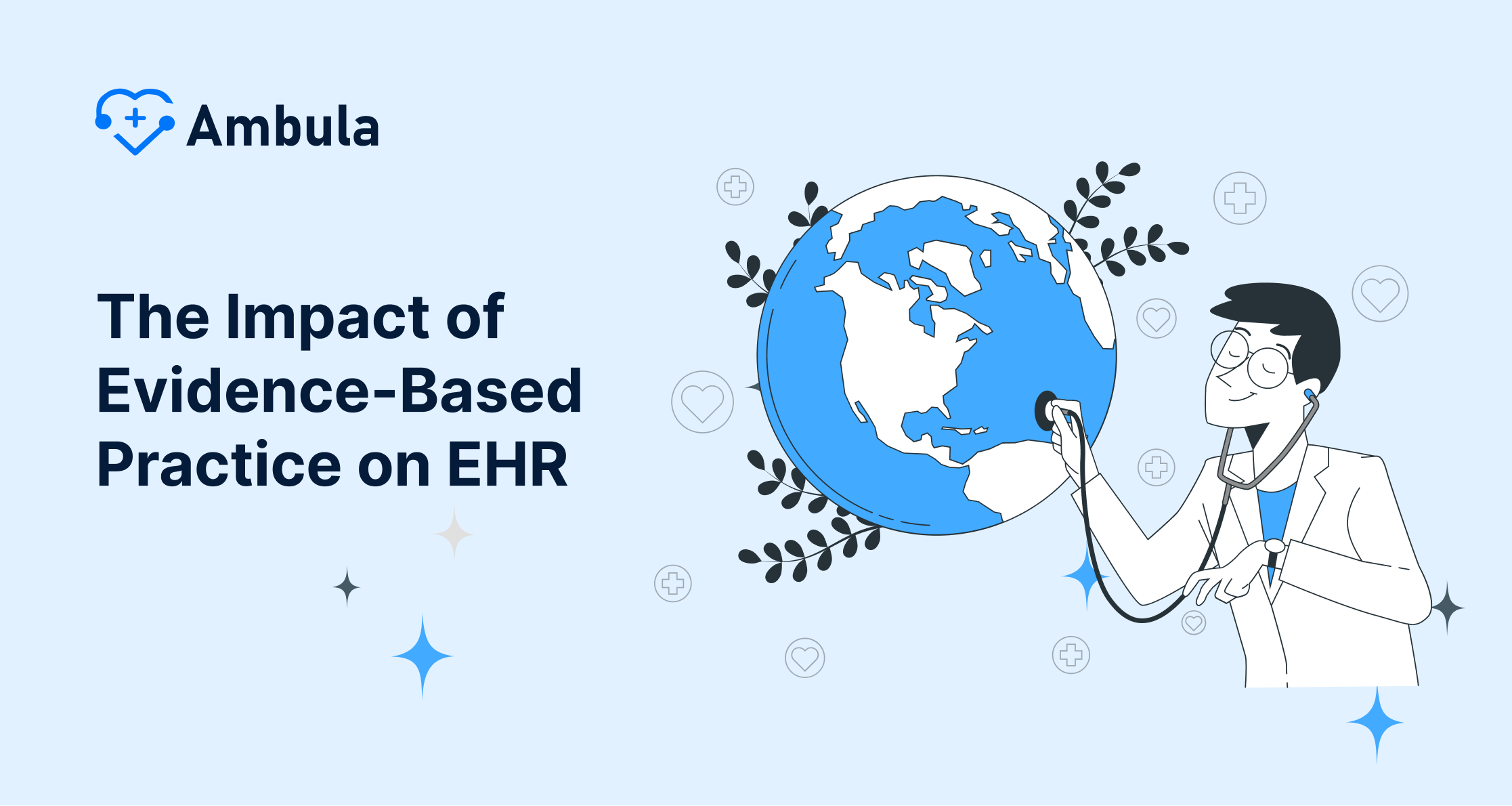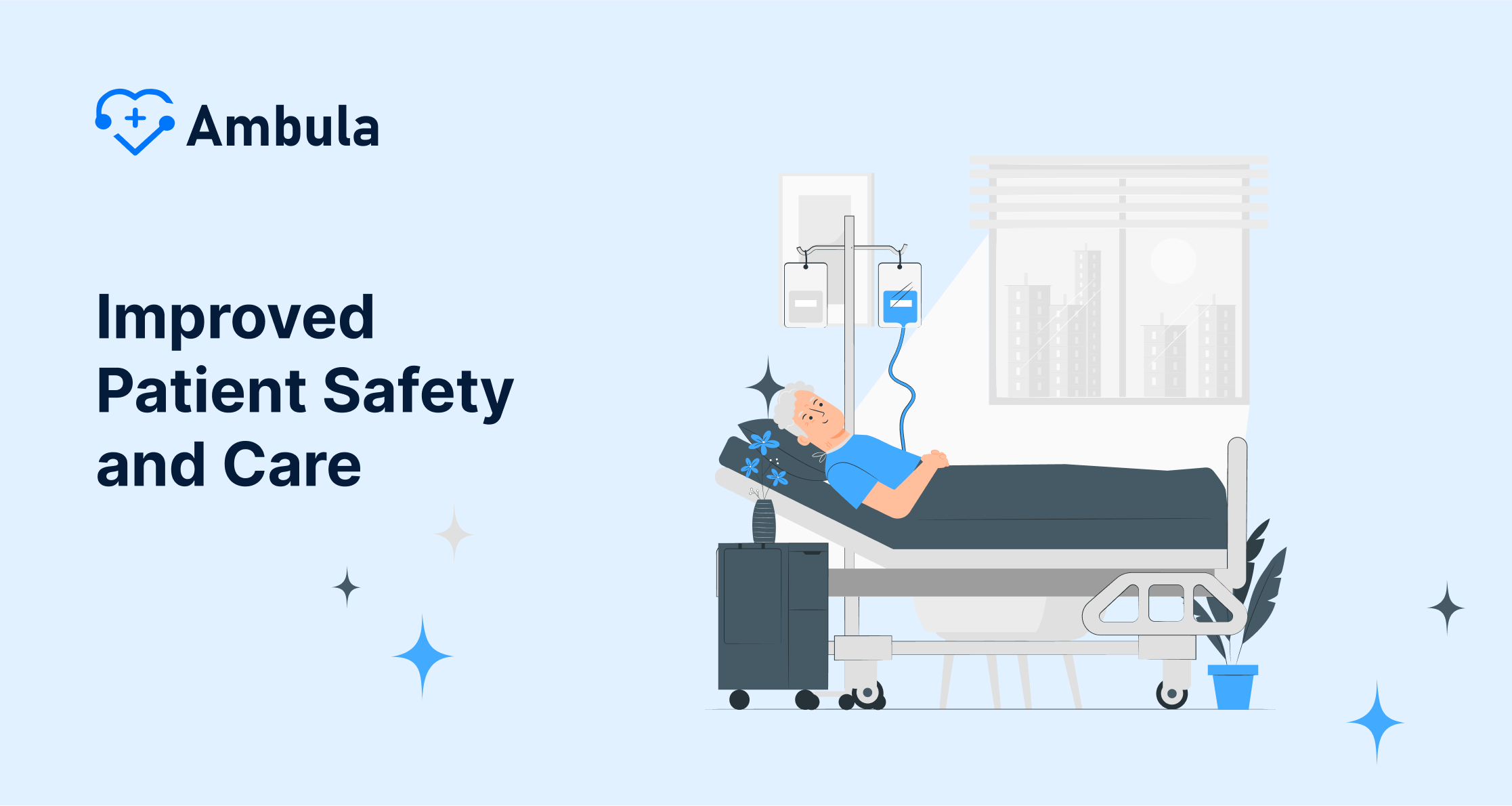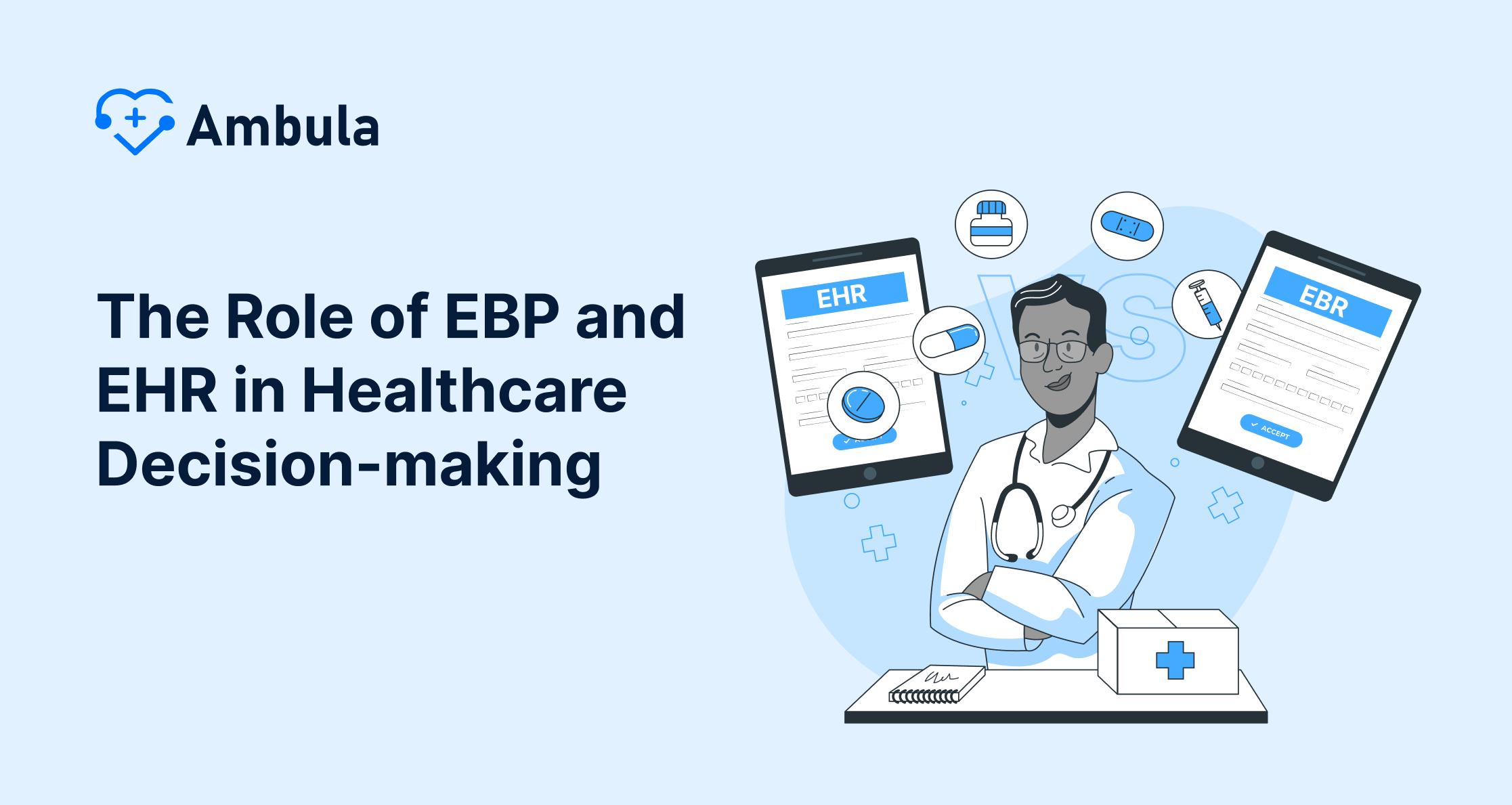The Impact of Evidence-Based Practice on EHR
Evidence-Based Practice (EBP) is instrumental in updating and refining EHR (Electronic Health Record) systems. EBP fundamentally revolves around making healthcare decisions based on intellectual reasoning backed up by the most current, relevant, and reliable clinical research. Its alignment with EHR can revolutionize healthcare by improving patient outcomes and creating a more efficient system. The amalgamation of EHR and EBP provides a strong foundation for delivering high-quality care.
Clinicians and healthcare administrators can leverage evidence-based knowledge when using EHR systems, enabling them to simplify complex medical procedures. They can access the latest research within the EHR system and apply it to individual cases for more accurate diagnoses and targeted treatments. This continuous process of learning and updating facilitates better patient care and fosters a culture of constant progress and refinement within healthcare structures.
Further, the convergence of EBP and EHR introduces a greater sense of professionalism and responsibility among healthcare practitioners. Decisions based on strong medical evidence reduce the scope for errors and enhance the reliability and credibility of healthcare services. Therefore, integrating these two critical elements enables clinicians to make more precise and patient-centric decisions, ultimately enhancing patient outcomes.
Improved Patient Safety and Care
Nothing is more critical in healthcare delivery than patient safety and the quality of care. EBP and EHR synergize to ensure this. The vast amount of data stored in EHRs, when parsed with the guidance of EBP, eliminates the risk of medical errors and adverse drug events. EHR offers extensive and accurate patient data, whereas EBP provides the latest, tried-and-tested practices to ensure patient safety.
Additionally, EHR systems’ effective use under EBP guidelines can transform care delivery. Real-time access to medical data, drug interaction alerts, and preventive measures reminders are just a few benefits. Through data-driven insights captured in EHR, clinicians can provide personalized patient care, incorporating the latest research findings and predictive analytics facilitated by EBP.
Furthermore, integrating EBP and EHR has shown a promising impact on areas like antibiotic stewardship, chronic disease management, and preventive care. Enhanced by technology, EBP-driven EHR systems can identify trends, predict possible risk factors, and prescribe prevention measures, making healthcare proactive rather than reactive.
The Role of EBP and EHR in Healthcare Decision-making
Modern healthcare decision-making is data-driven; EBP and EHR are the leading lights here. They serve as a gold standard for clinicians, guiding them in making efficient and effective decisions. EHR provides clinicians with easy access to a patient’s comprehensive medical history, ensuring that healthcare providers have crucial information when needed.
EBP, on the other hand, ensures that clinical decisions draw from the most current and relevant research. The thorough application of EBP within EHR systems allows clinicians to make well-informed judgments about the course of treatment. Available data is not useful unless understood and appropriately applied, hence the need for evidence-based parameters within EHR.
It also helps healthcare organizations aim for continuous improvement in their regular operations. Overall, EBP integrated with EHR paves the way for evidence-based decision-making, enhancing healthcare quality while ensuring cost-effectiveness.
EBP and EHR in Quality Improvement
Quality improvement is a never-ending process in healthcare, requiring constant reassessment and adaptation based on the best available evidence. EBP becomes a powerful tool in driving this improvement when combined with EHR systems. EHR systems collect vast patient data, such as demographics, diagnosis, medication, immunization dates, allergies, radiology images, and lab and test results.
Applying EBP to this treasure trove of data ensures that data is analyzed rigorously according to the latest scientific evidence. Clinicians can use this in-depth understanding to focus on areas where improvement is needed. Quality improvement efforts become more targeted, ensuring they deliver practical benefits.
Furthermore, incorporating EBP into EHR also encourages the adoption of standardized procedures across the healthcare industry. Patient care and treatment decisions don’t vary unnecessarily between clinicians. Patients receive consistently high-quality care, regardless of which healthcare provider they see.
Data Sharing and Connectivity
Data sharing and connectivity are crucial aspects of healthcare delivery in today’s interconnected world. EBP and EHR have a significant role in enhancing these vital functions. EHR systems can capture and visualize healthcare data, offering quick access when and where needed. This capability is particularly useful in emergencies, where fast access to accurate information can be a matter of life or death.
EBP ensures that these data-sharing processes uphold the best security and patient privacy practices. It helps healthcare providers adhere to key principles such as ensuring data is only shared with appropriate parties and securing informed consent from patients. The result is improved interoperability between healthcare systems and better, more consistent patient care.
Moreover, a combined approach of EHR and EBP can enhance health information exchange (HIE), contributing to improved population health management. Data from various healthcare settings can be linked, providing a comprehensive picture of a patient’s health status. This way, healthcare providers can coordinate and provide care more effectively.
EHR Downtime and Recovery Planning
While EHR systems are a boon for modern healthcare, they are not without potential challenges – the major being system downtime. This could occur due to planned system maintenance or unforeseen circumstances disrupting the functioning of healthcare services. Hence, it is critical to have an evidence-based downtime readiness and recovery plan in place.
Such a plan, supported by EBP, would include strategies for dealing with planned and unplanned EHR outages. The plan would detail the steps during a system downtime to ensure minimal disruption to healthcare services and continued patient care. This plan could include low-tech solutions, such as maintaining paper-based backup systems, and high-tech solutions, such as cloud-based backup and recovery systems.
Additionally, an EBP-driven recovery plan would guide how to recover data and restore system functionality after an outage. Ensuring critical patient information is not lost and the EHR system can be fully operational as quickly as possible. This way, patient care can continue uninterrupted, and the impact of the downtime can be minimized.
EBP and EHR as a Tool for Resource Allocation and Management
EBP and EHR combined also serve as a practical tool for resource allocation and management in healthcare organizations by providing insights into how resources are used in patient care. EHR systems capture extensive data about treatments provided, services rendered, and supplies used for each patient. By incorporating EBP, managers can analyze this data to identify waste, inefficiencies, and areas for improvement.
Analyzing real-time and historical data from EHR systems can help healthcare organizations predict future resource needs more accurately. This means less wasted resources, leaner operations, and the ability to direct resources where they are most needed for patient care.
Moreover, such data can drive discussions around funding, staffing, and other critical healthcare issues. For instance, accurate data analysis could demonstrate areas where more nursing staff or other healthcare resources are needed to improve patient outcomes. Therefore, healthcare organizations must use data from EHR systems to ensure resources are allocated efficiently and effectively for better patient care.







